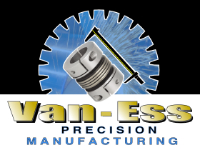CNC Production
What is CNC Machining?
It’s not really an easy thing to grasp. But let me give you a quick crash course. It’s basically the process of turning a solid piece of metal into a finished part or tool.
When you talk about CNC machining, most people think about manufacturing and prototyping. But the process is much more than that. You can use CNC machining to create a wide variety of products, including everything from jewelry to decorative objects to complex parts.
CNC machining is a process in which computer-controlled machine tools are used to remove material from a workpiece to create a desired shape or finish. The process can be used to create both simple and complex parts, and is widely used in the manufacturing industry.
Introduction
What is CNC Machining? If you need to ask, you probably don’t know much about CNC machining. But if you do know a thing or two, you already know that it’s an extremely important part of the manufacturing industry. With CNC machining, manufacturers can cut parts out of metals or plastics, turning them into finished goods, and make more money than they would by only using traditional manual techniques. So why is CNC machining so important? Because it allows businesses to produce goods faster, cheaper, and with less waste than traditional methods.
CNC machining involves using computer-controlled tools to cut, shape and grind metals. This is a technology that can be used to make metal parts or objects that can be used in all kinds of industries, such as automobiles, electronics, furniture, and more.
As part of the industrial revolution, the CNC machine changed the way we manufacture. This machine allows us to produce high quality parts in just a few minutes, instead of days or weeks with traditional techniques.
What Can CNC Manufacturing Make?
CNC machining is a process that can create parts and products from a variety of materials. These materials can include metals, plastics, and composites. The process is versatile and can be used to create a wide range of products, including engine parts, medical devices, and aerospace components.
Benefits
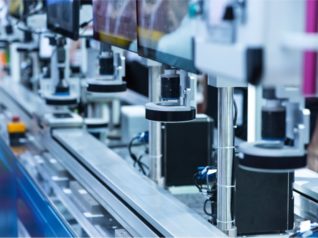
The benefits of using CNC machines are numerous and include:
1. High precision – The precision of a CNC machined part is unmatched by any other manufacturing process. This means that your part will be exactly the way you designed it, every time.
2. Time and cost saving – There is no set-up time or set-up cost. You don’t need to hire a factory, a machine shop, or a CNC programmer. You can produce parts at a fraction of the cost of other processes.
3. Customization – You can make parts that are unique to your company or even your product.
4. High quality – The finished part will be of the highest quality. CNC machining is also very versatile, able to create parts from a wide range of materials including metals, plastics, and composites.
5. Environment-friendly – CNC machining is also very green. It is a process that does not require any toxic or hazardous materials.
6. Accuracy – The parts produced by CNC machining are very accurate and precise.
7. High speed – CNC machining is a high-speed process, and can produce many parts in as little as one hour in some cases.
8. Easy to use – CNC machining is very easy to use. There is no programming required.
9. Highly reliable – CNC machines are very reliable and durable.
10. Made in the US - Save time, no waiting for a ship crossing the ocean and waiting for it's turn to unload at the dock, then shipping to you. Time can be a big issue.
Choose Van Ess Manufacturing
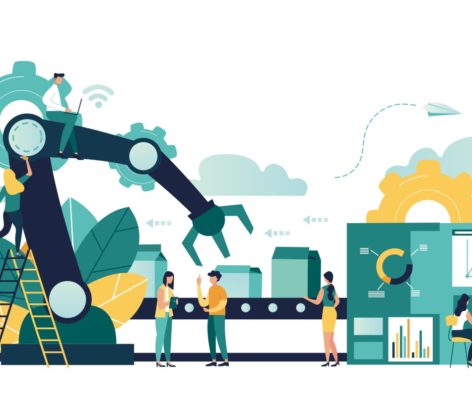
Why would I choose CNC Machining?
CNC machining is a great choice for those who need precise, high-quality results. The process is highly automated, meaning that it is very efficient and can produce large quantities of parts quickly and accurately. CNC machining is also very versatile, able to create parts from a wide range of materials including metals, plastics, and composites.
The History of CNC Machining
The first CNC machine, the NC-1, was invented in 1941 by Herman Miller, but its use didn't become widespread until the 1980s. Nowadays, CNC machines are used to produce almost anything, from the smallest pieces of jewelry to entire houses, cars and other large structures.
A modern staple of manufacturing and production, computer numerical control, or CNC, originated in the 1940s when the first numerically controlled, or NC, machines surfaced. However, before that time, milling machines were already in existence that replaced handmade techniques with greater accuracy. A machine that replaced handcrafted techniques and increased precision was also developed in 1751. It would be a while until the concept would evolve into the capabilities of a modern CNC production company.
The first CNC machine, used for industrial purposes, was created in the 1950s. In the 1970s, CNC machines became more accessible to small businesses and hobbyists. Today, CNC machines are used in a variety of industries, including woodworking, metalworking, and plastics manufacturing.
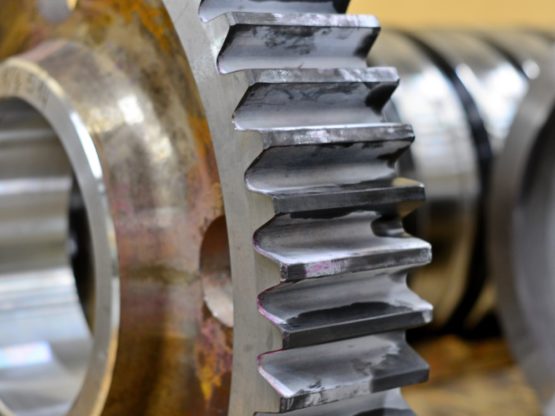
Before the invention of the CNC machine, the manufacturing process took days to produce the same product that can be done in a few minutes now. It is easy to understand why manufacturers are moving towards a more automated production line, especially when labor costs are rising. With the increasing demand for affordable housing, the number of CNC machining companies is growing. As a result, it is becoming easier to find a job and create a business.
CNC machining is the perfect choice for anyone who wants to enter the manufacturing industry. The benefits of this machine are numerous. First, CNC machining allows you to produce parts more quickly and easily than traditional methods. The time required for each piece to be produced is reduced.
The development of modern techniques that led to CNC manufacturing marked the start of modern industrialization. Today’s definition of CNC machining is more specific. It involves entering 3D files into a computer, which runs a program that controls the motion of tools and materials within a machining center. The process is fully automated, from the axis and speed of rotation of cutting tools to achieving the desired dimensions of the part.
The machine shop can be filled with robotic arms and drills that operate at incredible speeds, which are used to manufacture the thousands of components that make up cars, planes, trains, and houses.
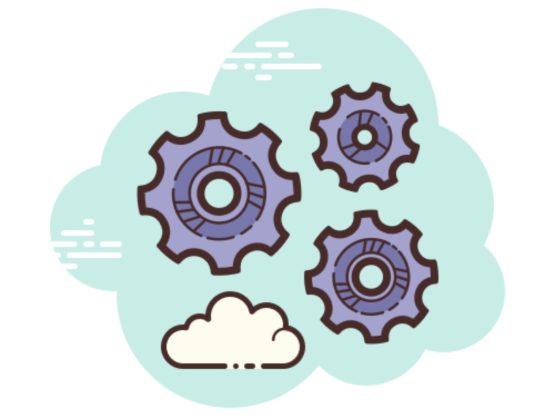
An Overview of the CNC Machining Process
Learn More About CNC Machining
These YouTube videos by HUBS are very informative. Watch to learn more about CNC Machining.
CNC Machining Basics
Different Types of CNC Machining
Design for CNC Machining
How do CNC machines Reshape Modern Manufacturing?
CNC machines are used in many different industries to create parts and products with a high degree of accuracy. In the manufacturing sector, these machines are used to create everything from small components to large assemblies. CNC machines have reshaped modern manufacturing by increasing productivity and reducing production costs.
What is CNC Milling?
CNC milling is a machining process that uses computer numerical control (CNC) to operate milling machines. This process can be used to produce parts with complex shapes and features. CNC milling can be performed on a variety of materials, including metals, plastics, and composites.
The CNC milling process generally consists of three steps: programming, setup, and operation. First, the desired part geometry is created in a CAD (computer-aided design) program. Next, the CNC machine is set up with the appropriate tools and materials. Finally, the CNC machine is operated to produce the desired part.
CNC milling is a versatile machining process that can be used to create parts with complex shapes and features. It is typically used for high-precision applications in the automotive, aerospace, and medical industries.
CNC machining vs. 3D printing
CNC machining and 3D printing are both popular manufacturing methods, but they have very different strengths and weaknesses.
CNC machining is much faster and more precise than 3D printing, making it ideal for large batches of parts or complex shapes. However, CNC machined parts can be expensive, and the setup time can be significant.
3D printing is slower and less precise than CNC machining, but it is much more versatile. 3D printers can create parts in a wide range of materials, including plastics, metals, and ceramics. They can also create parts with very intricate designs that would be impossible to produce with CNC machining.
Which CNC machining process should I choose?
There are plenty of options to choose from when looking at different CNC machining processes. Each one has its own advantages and disadvantages, but there are several factors that will play a role in your decision:
The machine’s ability to do the task at hand, whether it’s in terms of
- accuracy and precision
- durability
- ease of use,
- how easy it is to program
- cost
While each of these are very important considerations, keep in mind that any of these processes can be performed with a CNC router, a CNC lathe, or a CNC milling machine.
With our knowledge of the process, we can help you decide.
What are the Different Types of CNC Machines?
CNC machines are computer-controlled tools that can be used to perform a variety of tasks, from cutting and shaping metal to engraving and milling. There are many different types of CNC machines, each designed for specific applications. Some common types of CNC machines include:
- -Lathes: Used for turning, facing, and drilling operations.
- -Milling machines: Used for milling, drilling, and boring operations.
- -Drilling machines: Used for drilling holes into workpieces.
- -Routing machines: Used for cutting and shaping workpieces.
There are machines that combine all or several of these functions into one machine.
CNC Machining Applications
CNC machining is a process that uses computer-controlled machines to create parts from various materials. The process can be used to create parts of any size and shape, and it can be used to create both functional and decorative parts. CNC machining is often used to create parts for use in the aerospace, automotive, medical, and electronics industries.
What is your application? Call us.
CNC Machining Materials
There are many materials that can be machined using CNC technology, including metals (steel, aluminum, brass), plastics (acrylic, polycarbonate), and composites (fiberglass, carbon fiber). In terms of specific materials that are commonly used in CNC machining, aluminum is a popular choice because it is strong yet lightweight, and both steel and brass have a high resistance to wear and tear.
How to Reduce CNC Machining Costs
There are many materials that can be machined using CNC technology, including metals (steel, aluminum, brass), plastics (acrylic, polycarbonate), and composites (fiberglass, carbon fiber). In terms of specific materials that are commonly used in CNC machining, aluminum is a popular choice because it is strong yet lightweight, and both steel and brass have a high resistance to wear and tear.
